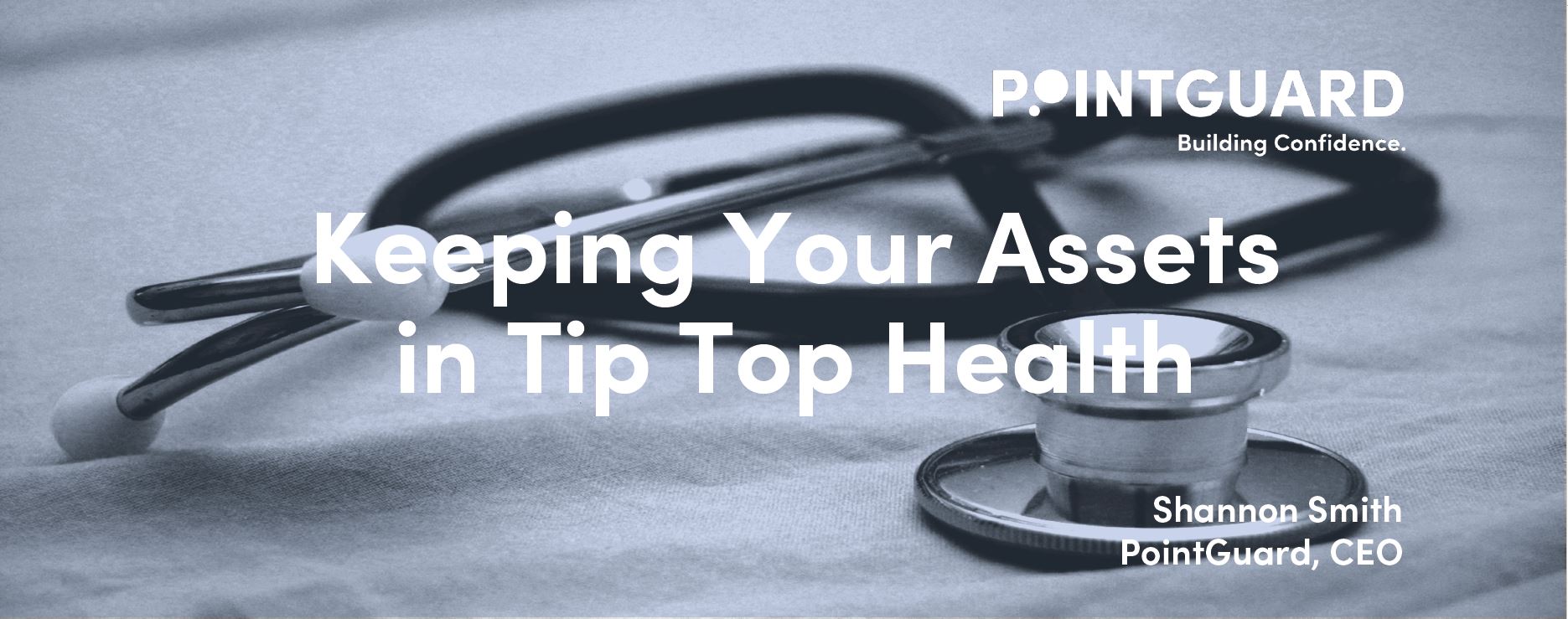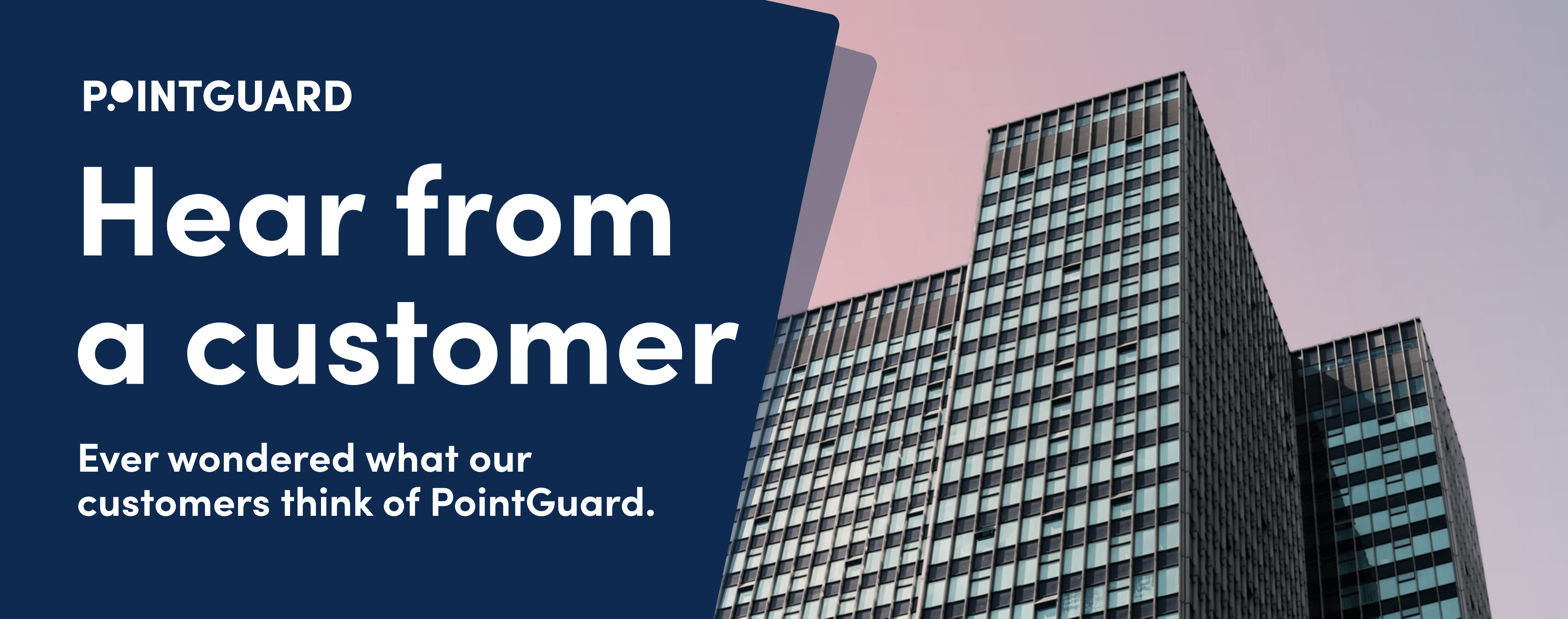At PointGuard we value three KPIs related to your building’s performance above all others. In a previous article, we spoke about managing energy savings using the insights gained from the powerful analytics offered by our automatic fault detection and diagnostics (AFDD) service, and its ability to unlock insights in your BMS data. You can read that article here.
The second of our top three KPIs is asset health. Asset health refers to how smoothly a piece of HVAC equipment is operating. We can understand all the things that are going wrong, for how long, and how seriously. Armed with this knowledge, you can improve how the asset performs and optimize runtime.
With the replacement cost of equipment sitting around $10 per square foot, it is crucial to get the balance just right:ensure your equipment works hard enough to do its job and maintain comfort levels in your building, but not so hard that it wears out ahead of schedule. Likewise, it is helpful to only replace equipment when needed and not according to the manufacturer’s generic timelines.
A common issue we’ve found is that of simultaneous heating and cooling. For instance, when a damper breaks and starts to overcool a specific space in the building, the HVAC system registers this anomaly and starts working to correct it by heating the overcooled air. This is a job done well, it would seem, as the space remains comfortable – not too hot and not too cold – and no one complains. Unfortunately, however, it achieved this equilibrium in the most inefficient way possible, by adding both heat and cold instead of doing neither, and creating unnecessary wear and tear on the equipment, shortening its lifespan.
In addition to systems fighting themselves, other culprits affecting asset health occur when equipment works inefficiently or when equipment doesn’t deliver what it’s supposed to.
Unfortunately when relying on raw BMS data, issues like this could go unnoticed for months or years. Your people would be presented with a picture of building health and comfort, with no context or under-the-hood-insight. With teams stretched and buildings increasing in complexity, it is unrealistic to expect your team to stumble across this fault during their day-to-day business.
The PointGuard Platform walks the building looking for faults, automatically, methodically and continuously. Plus, when it finds an anomaly, it has enough contextual and specific data, across time, to avoid false positives, to make a meaningful diagnosis, and to escalate critical faults.
You can read more here about how we helped Grubb Properties to extend asset life in one of its office buildings by ensuring its smart equipment acted in a proactive, efficient way. This also improved building comfort and reduced energy costs by 20%. Read the case study here.
We also helped National Gypsum identify equipment that needed upgrading. This visibility provided by PointGuard gave building owners the ability to maximize full service maintenance agreements with service providers. Read the case study here.
In terms of value, managing the health of your buildings’ assets is worth even more than getting a grip on energy consumption. Improving asset health also has a multiplier effect, because if you fix mechanical operations issues, energy savings will follow automatically.












